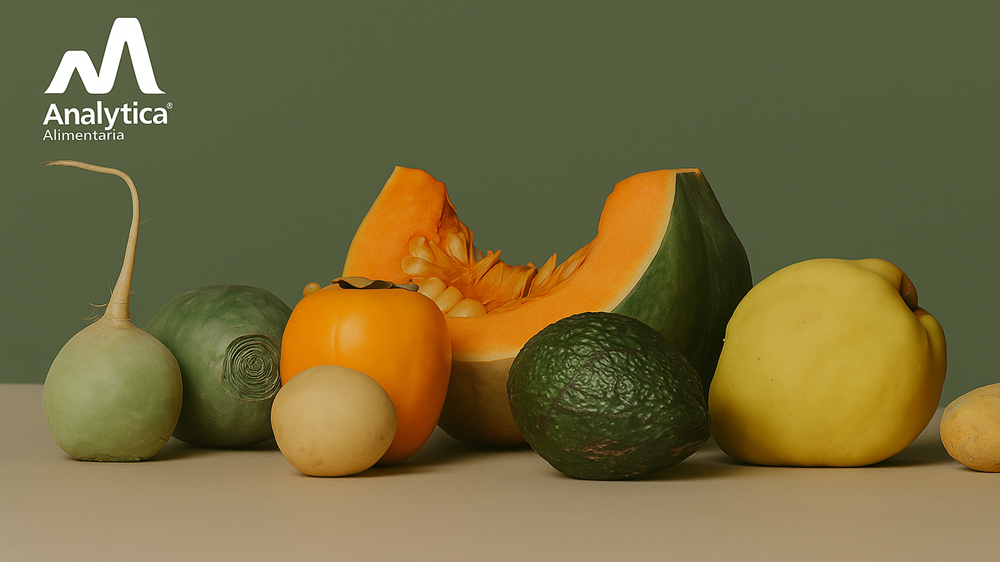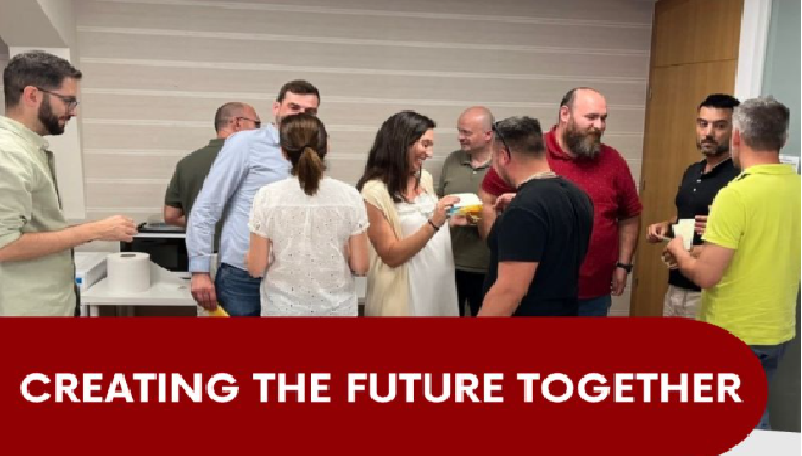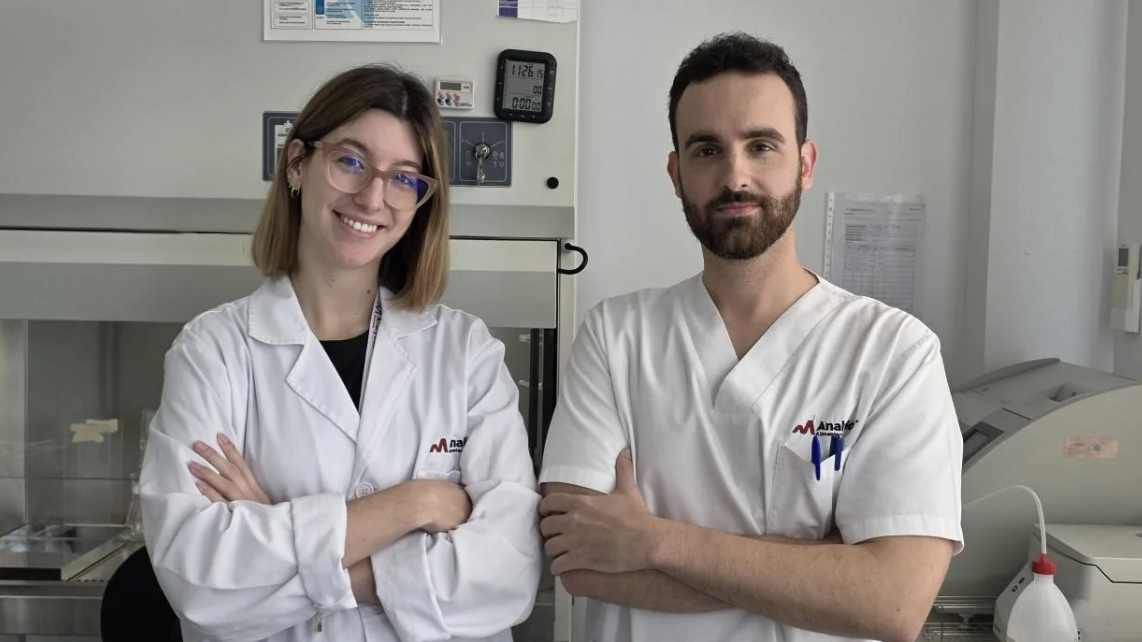Measurements
Sampling for risk-control
Sampling is the first step of the analytical control strategies ? before carrying out the analysis. A sample is a representative quantity of the total of the unit it belongs to (e.g. a lot, a traceability, a plot or a homogeneous delivery) and, as a consequence, it is the element which helps to take decisions. On this basis we can say that a wrong sample or a wrong sampling-method can make the control-strategy fail. Samples are thus one of the most relevant tools for evaluating and quantifying hazards of food safety, because they help to avoid that hazards convert themselves into risks for the controlled foodstuff. This hazard-evaluation gives us additional information complementing the analysis results and facilitates the subsequent decision-making.
06 July, 2020
Sampling is the first step of the analytical control strategies before carrying out the analysis. A sample is a representative quantity of the total of the unit it belongs to (e.g. a lot, a traceability, a plot or a homogeneous delivery) and, as a consequence, it is the element which helps to take decisions. On this basis we can say that a wrong sample or a wrong sampling-method can make the control-strategy fail. Samples are thus one of the most relevant tools for evaluating and quantifying hazards of food safety, because they help to avoid that hazards convert themselves into risks for the controlled foodstuff. This hazard-evaluation gives us additional information complementing the analysis results and facilitates the subsequent decision-making. One example are situations, in which all efforts must be focused on sampling in order to detect those points, which might represent a possible risk. This is the case of microbiological control where it is essential to localize possible spots for pathogen outbreaks (e.g. Salmonella sp. or Listeria monocytogenes) and to act in consequence, because the presence of these pathogens in a food-production environment is a risk for food safety. The detection of dirt accumulations in production areas, identifying them as possible hazardous points with contamination risks defines them as being the points where it is necessary to take a sample and proceed to its further analytical control. Another point of special interest is given in case of foodstuffs with detection of non-authorized substances according to EU law. The possibility of buying chemical treatments without appropriate controls (online shops, not declared products, etc.) represents a hidden hazard. If the non-authorized substances proceeding from these treatments appear in food analyses, there is a toxicological risk for the consumer. Samplings must therefore be focused on these situations, which might be hazardous for the consumer and can turn the foodstuff into a risk. Keeping this in mind, it is possible to focus our analytical control strategies more efficiently. This will help us to detect hazards, which might turn to be a risk for the consumer and, together with the information obtained by the analyses, food control will be objective and take into account the complex reality of food safety issues. About Analaytica AlimentariaANALYTICA ALIMENTARIA helps market participants to ensure food safety and transparency across the entire supply chain, thus meeting customer and consumer demands. We sample and analyze food, develop and implement customized food safety concepts, research and develop new analytical methods and provide independent consulting on food safety issues. Analytica Alimentaria holds ISO 17025 accreditations from European and international accreditation bodies for all relevant sampling and testing activities.












